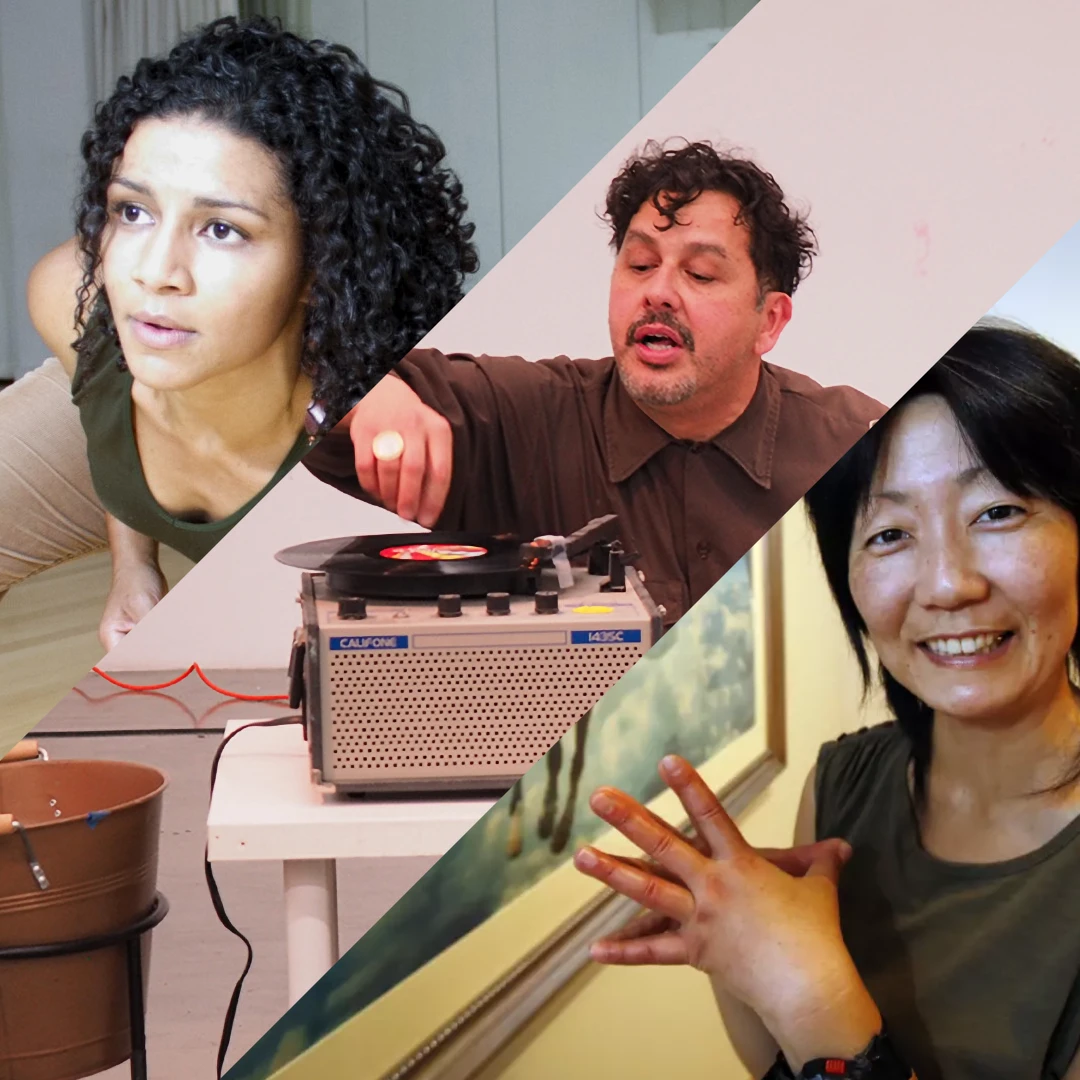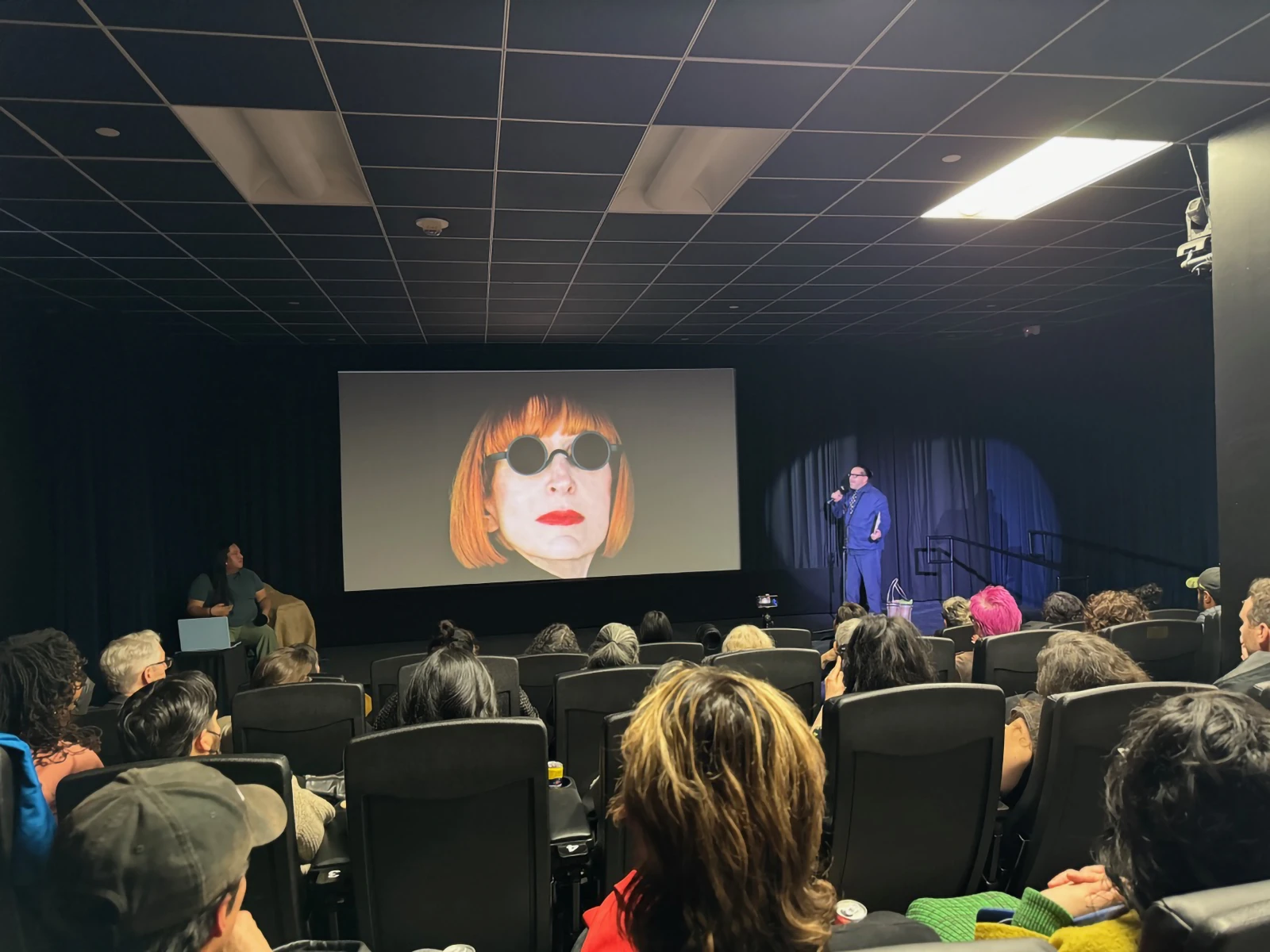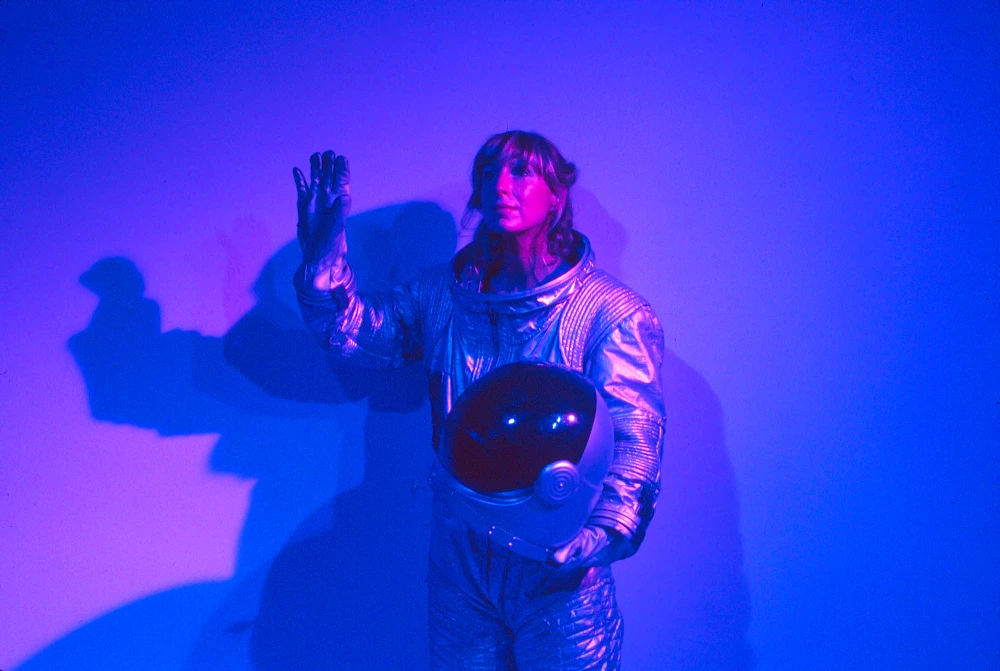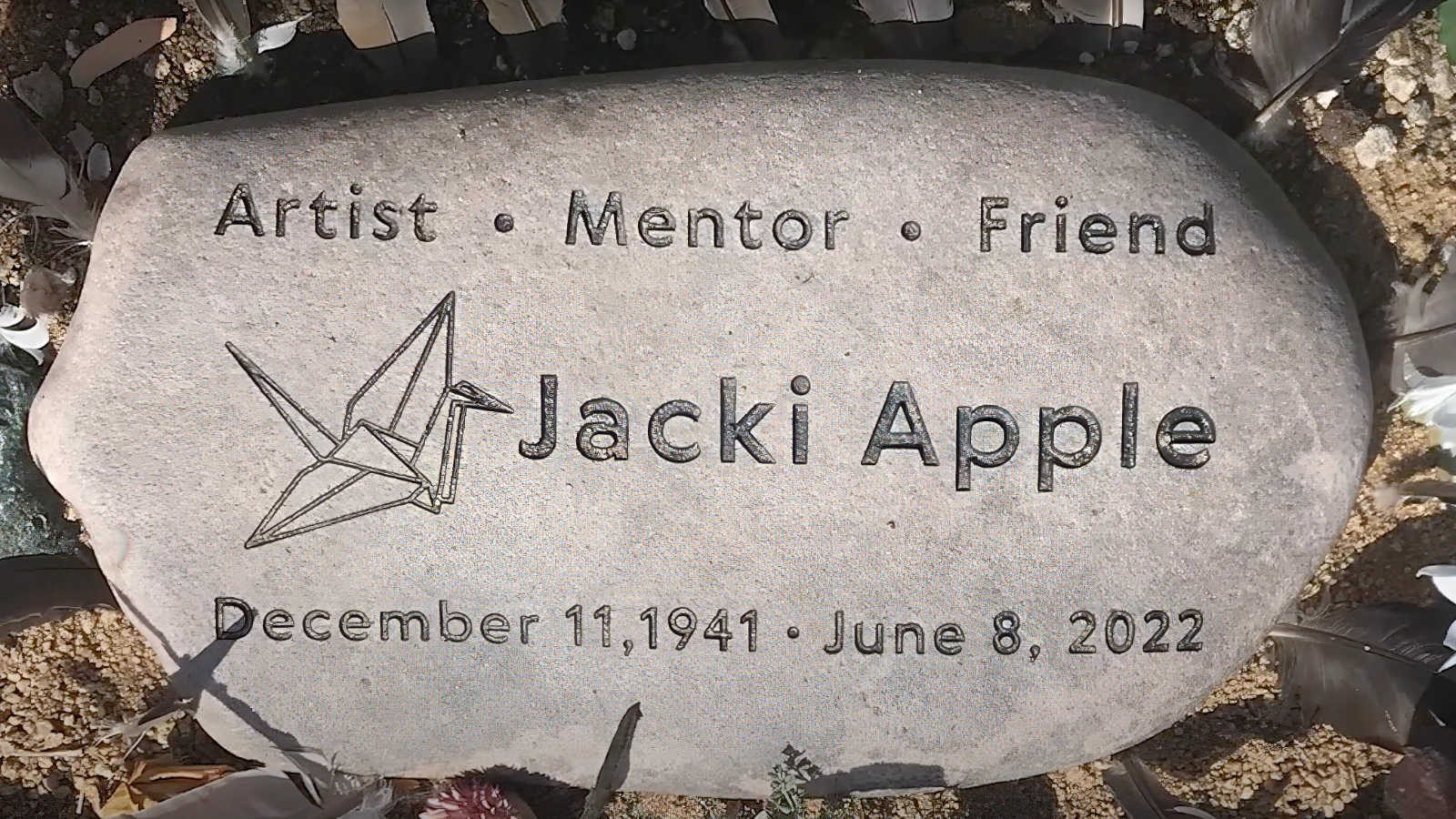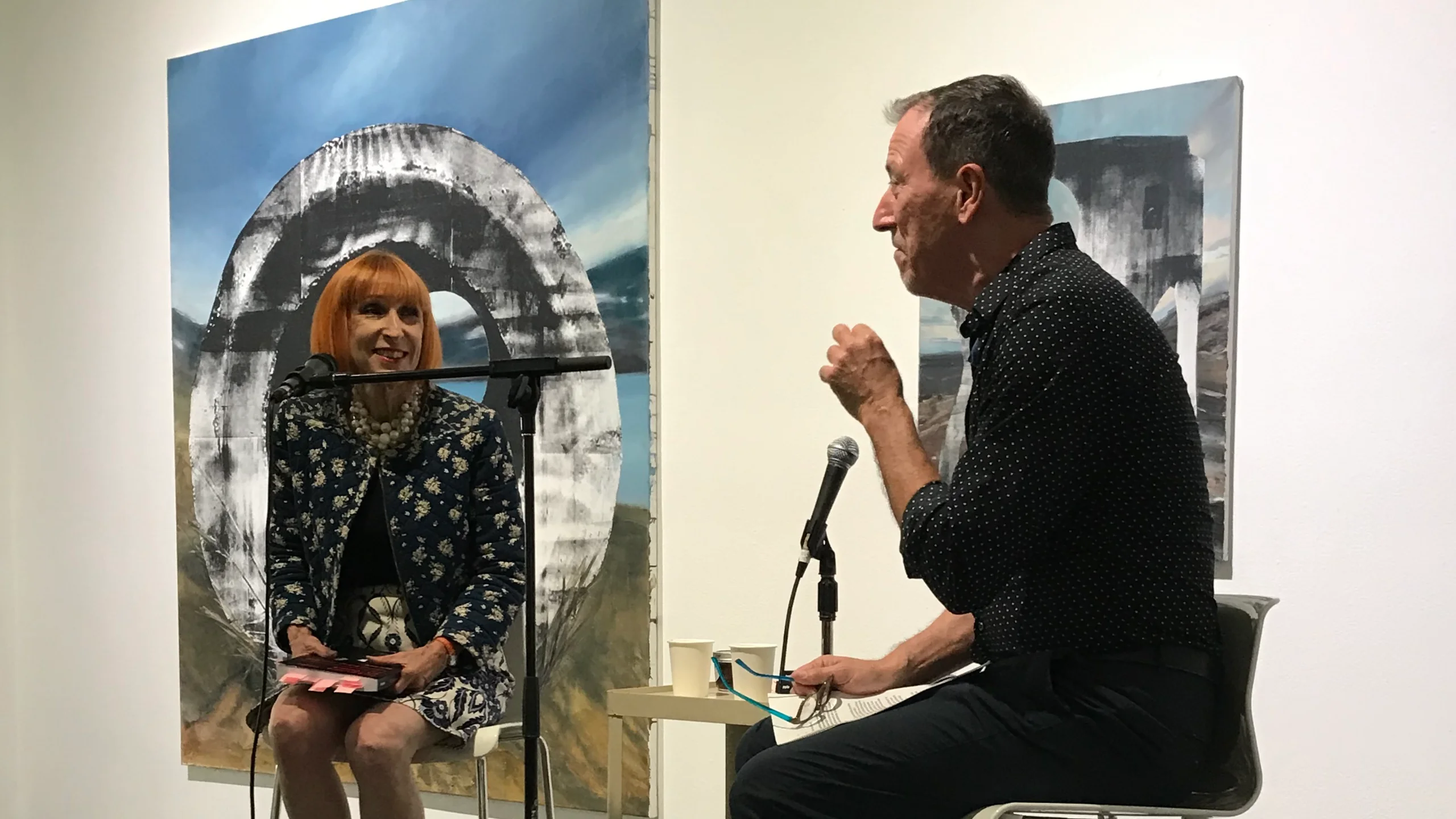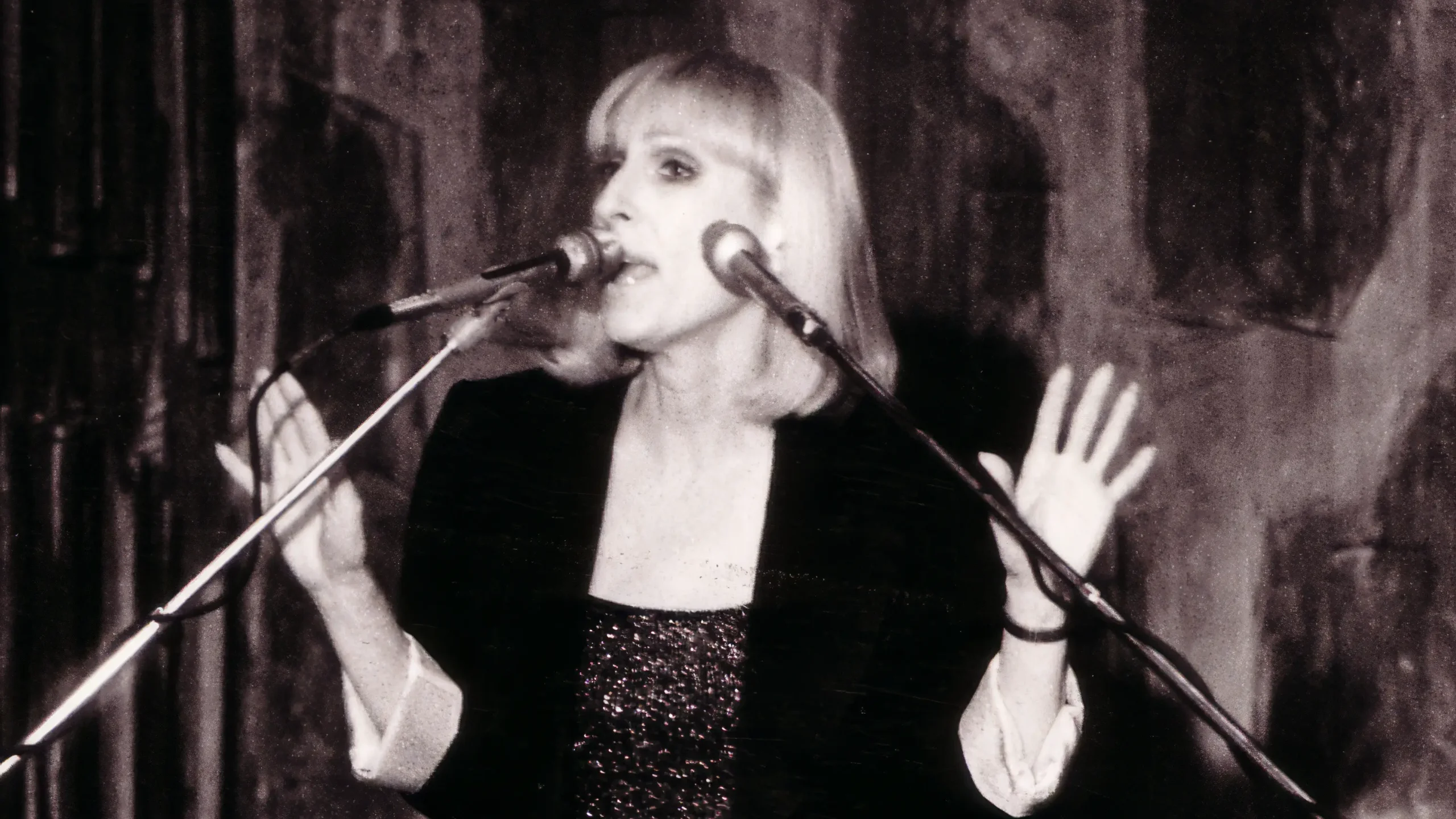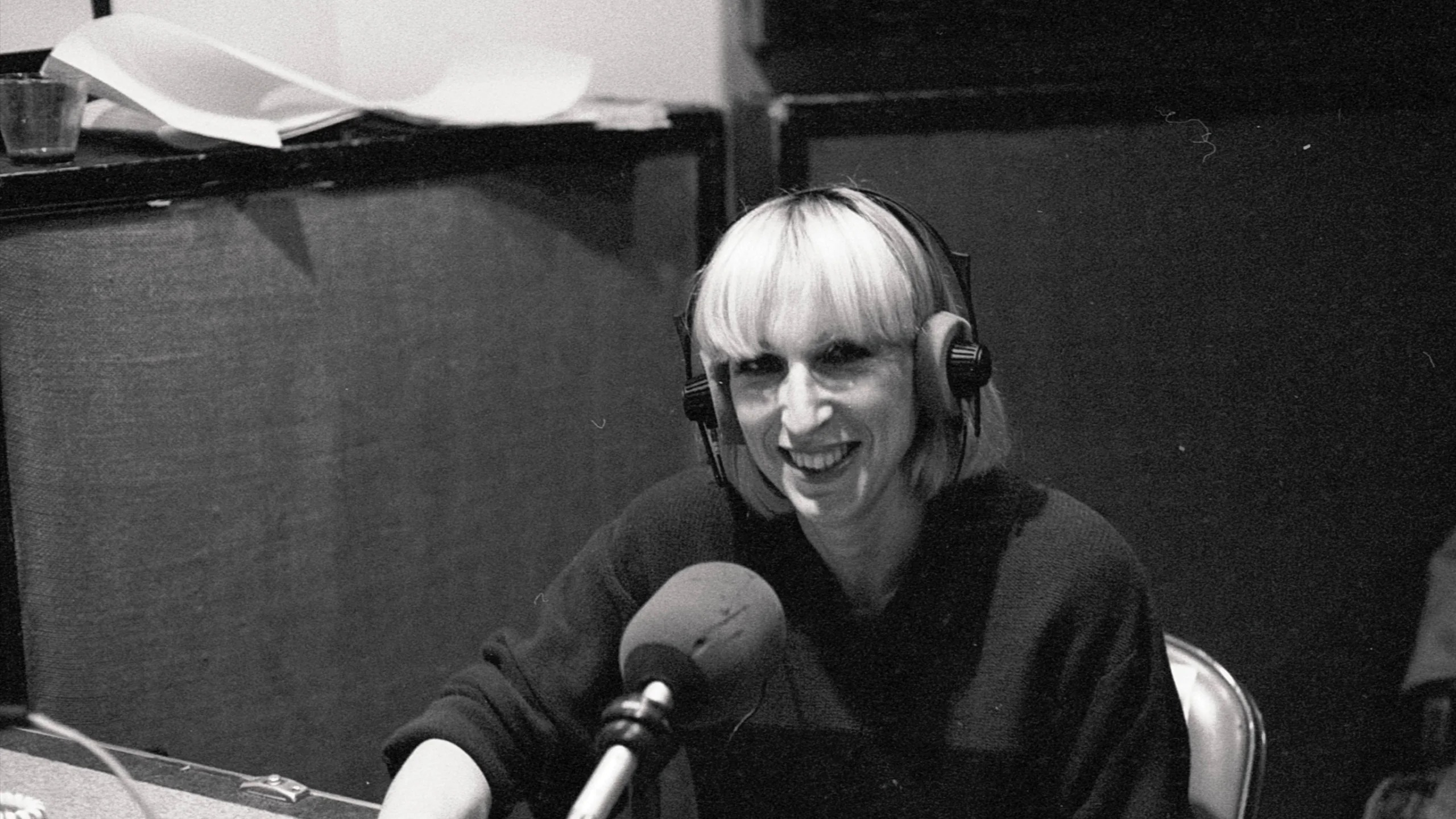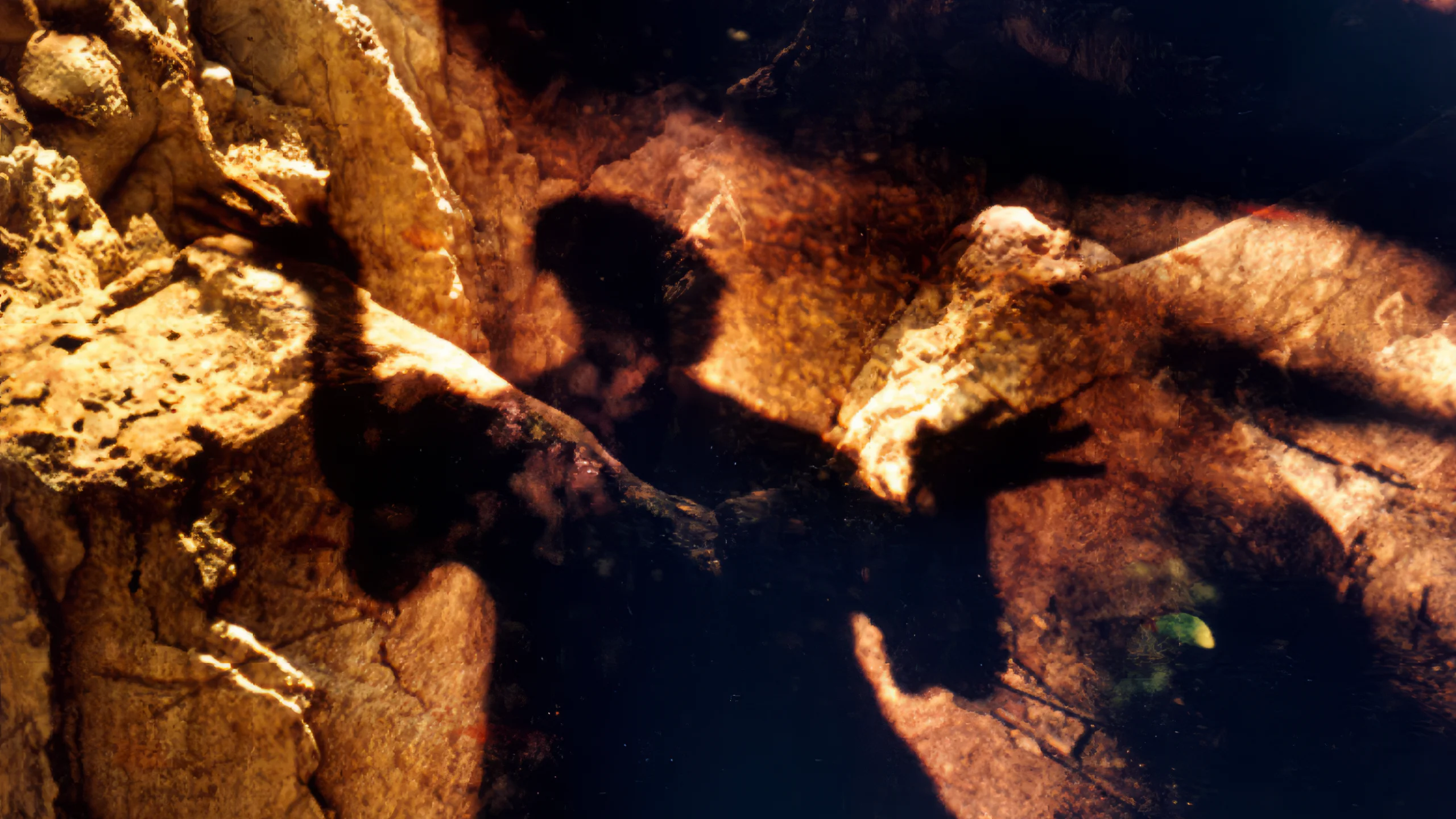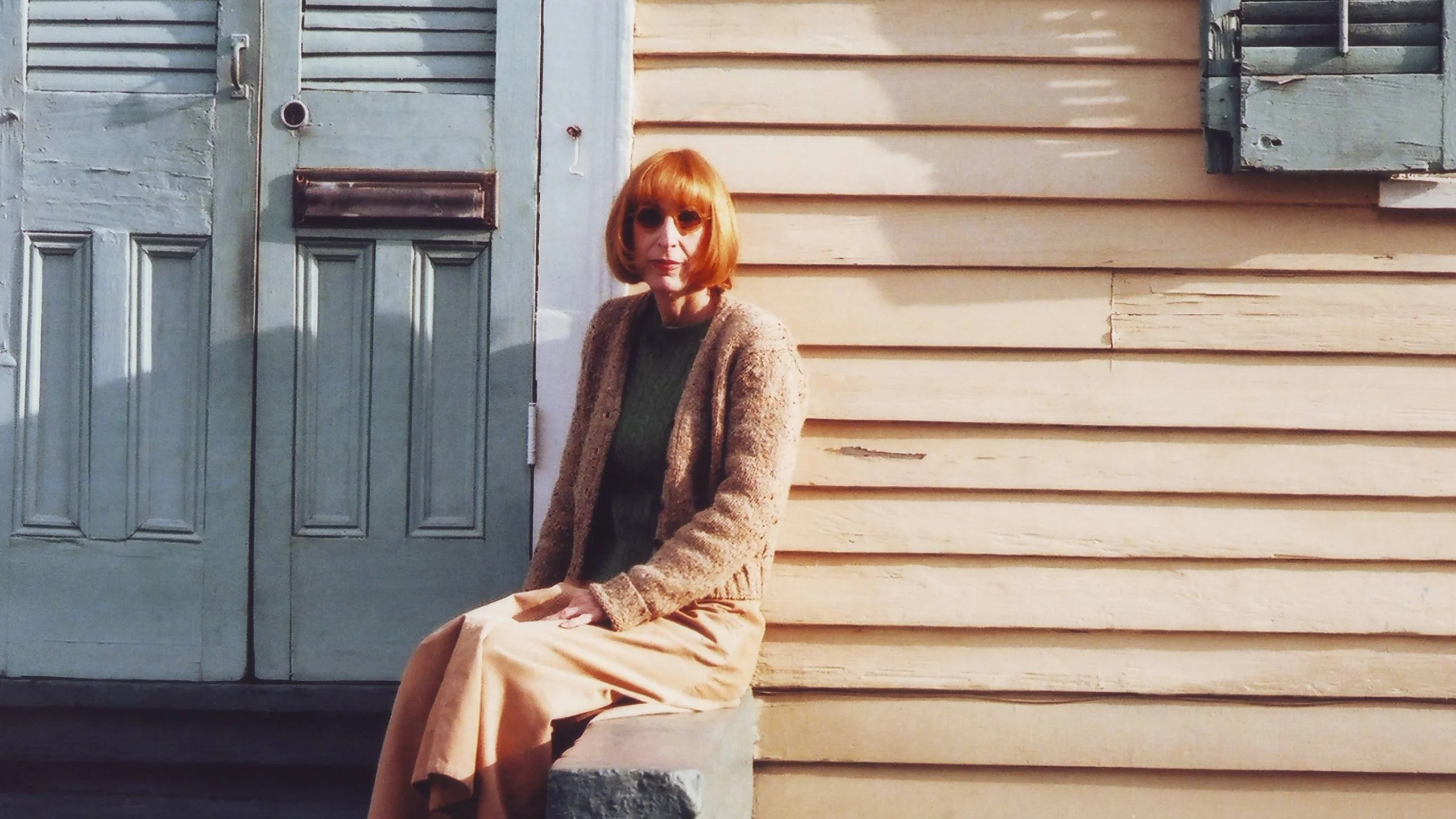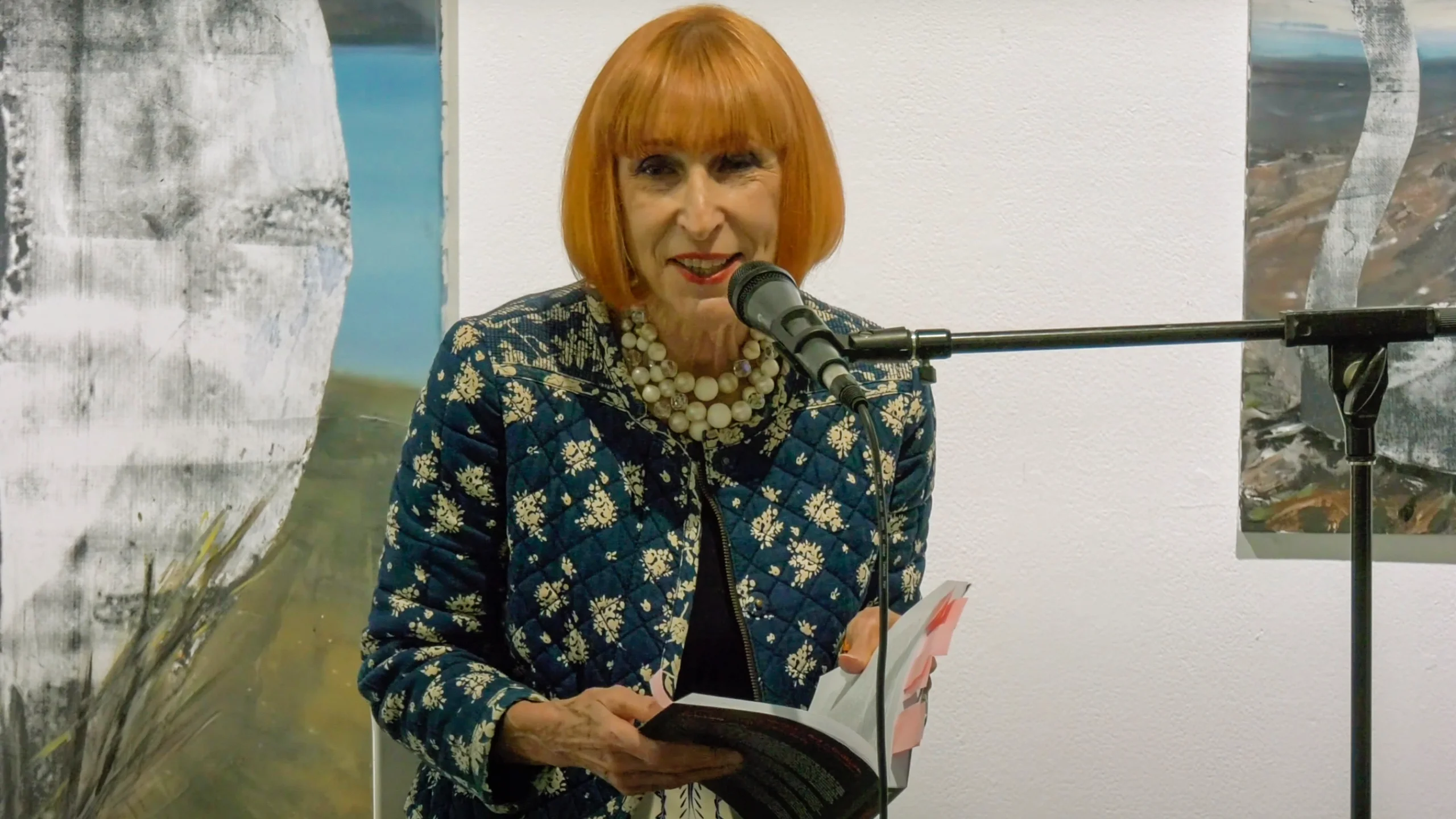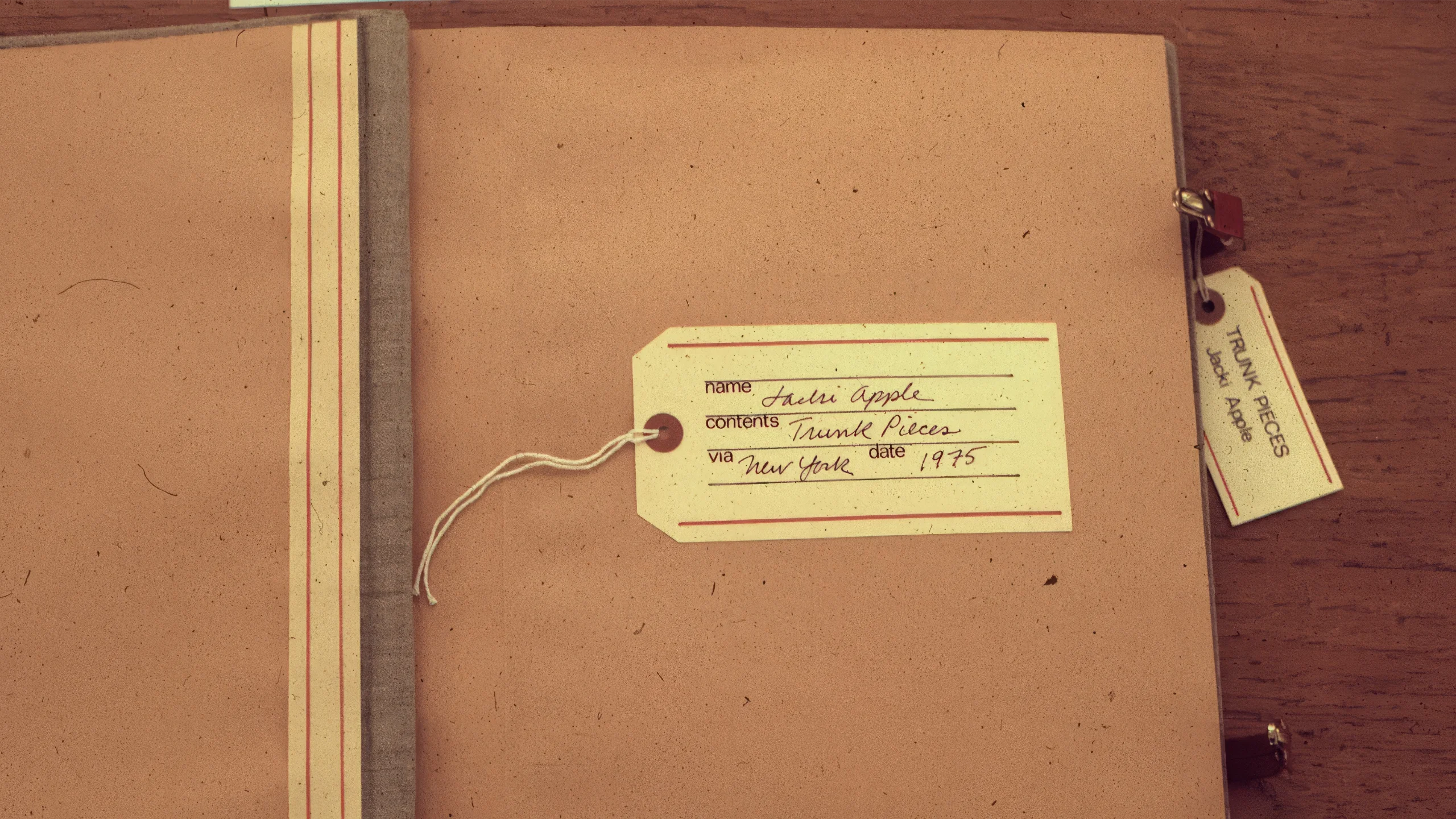
Jacki Apple
visual, performance & media artist/ audio composer/ producer/ director/ educator /writer
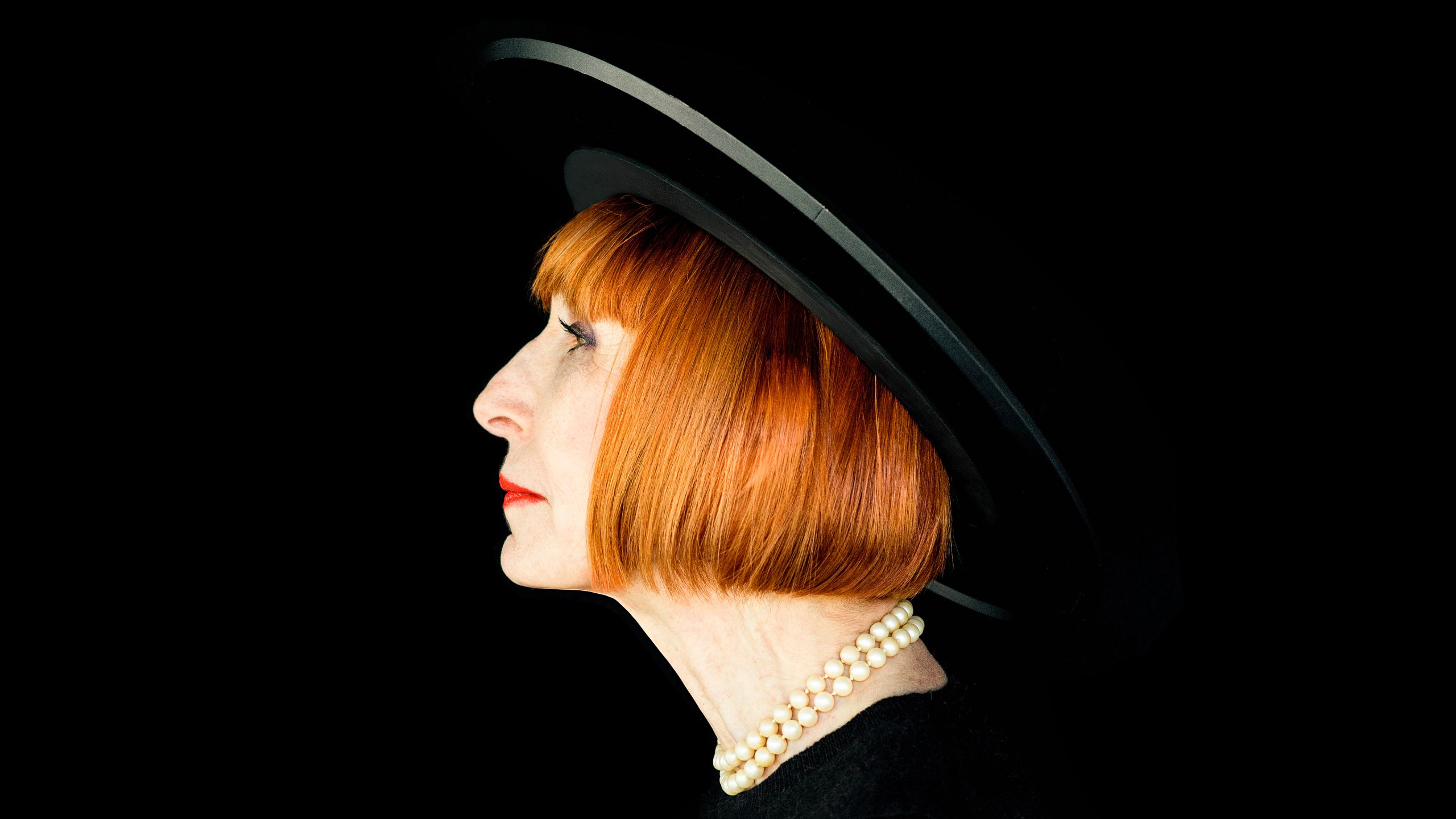
News
An Artist's Life
Biography
Jacki Apple
Artist, critic, producer, writer and performer Jacki Apple, born in New York in 1941, died at her home in Culver City, CA on June 8, 2022, surrounded by white flowers and listening to the music of Meredith Monk, a friend and colleague. Her work encompassed multi-media installations, interdisciplinary performance, photography, audio, radio, film, artists books, conceptual works, site specific works, and public art projects, with experimental narrative and collaboration as key components. With her focus often on loss and disappearance (of species, of freedom and democracy and natural resources) she was an early practitioner of what has come to be called eco-feminism.
Following an early career in the fashion industry, her involvement with new forms of art began in New York in the late 1960’s, with the establishment of APPLE Gallery (1969 – 74) where she was Associate Director. In 1976, she became the first Curator of Exhibitions at Franklin Furnace, a position she would hold until 1980. She would go on to curate for the Montclair Museum (NJ), New Museum (NY), Seibu Museum (Tokyo), and for numerous museums in Australia and New Zealand. Having exhibited her own work at the Craft and Folk Art Museum (LA/NY), Brooklyn Museum, Cleveland Center for Contemporary Art and the Sydney Biennial, her output has been cited in books and articles by such writers as Lucy R. Lippard, Roselee Goldberg, Marvin Carlson, Peggy Phelan, and many others.


Dedicated to increasing the cultural power of fellow artists, she became a vital contributor to the growth of performance and conceptual art criticism in Southern California after moving there in 1980, while also creating five public art works for the LA Cultural Affairs Dept. Deeply immersed in audio art, from 1982 – 1995 her KPFK-FM show Soundings brought contemporary artists into the homes and cars of the Southland. Her critical writings in Fabrik, Artweek, High Performance, PAJ, TDR, and The L.A. Weekly remain essential to the careers of many prominent artist/performers, some of whom had studied with her at Art Center College of Design (Pasadena, CA) where she taught art history and practice from 1983-2017, receiving a Distinguished Teaching of Art Award from the College Art Association in 2012. Having performed at PS 1 (NY), Washington Project for the Arts (D.C.), Santa Monica Arts Festival, Highways (Santa Monica), LACE, Barnsdall (LA), and the Whitney Museum at Philip Morris, her final performance was as part of the Grande Dames & Divas at Beyond Baroque (Venice, CA). In 2018, she assembled her critical writings into Performance / Media / Art / Culture. Selected Essays 1983 – 2018(Intellect 2019).
At the time of her death, she was working with archivist (and former student) Emily Waters on a forthcoming book about her 1979 – 80 interdisciplinary performance project, The Mexican Tapes Redux: An Archaeological Memoir, as well as preparing for the inclusion of her audio work in The Racial Imaginary Institute Biennial, to be held in September at the James Gallery of the City University of New York. Archives of her work are housed at the Fales Library Special Collections at New York University and the Archives of American Art at the Smithsonian.
Predeceased by parents Caroline and Irving Blum, and ex-husband Billy Apple. Survived by sister Marjorie B. Bank (Kazlow), brother-in-law Alan Kazlow and nephew Terence. A green burial at Joshua Tree is planned, along with memorials in Los Angeles and New York.

To contact the artist and/or inquire about purchases, commissions. and exhibitions. email Jacki Apple at
jaworks1211@gmail.com
Become a contributing patron of this growing retrospective site and receive an original artwork in recognition your tax deductible donation, along with your name engraved on the sponsor page wall.

